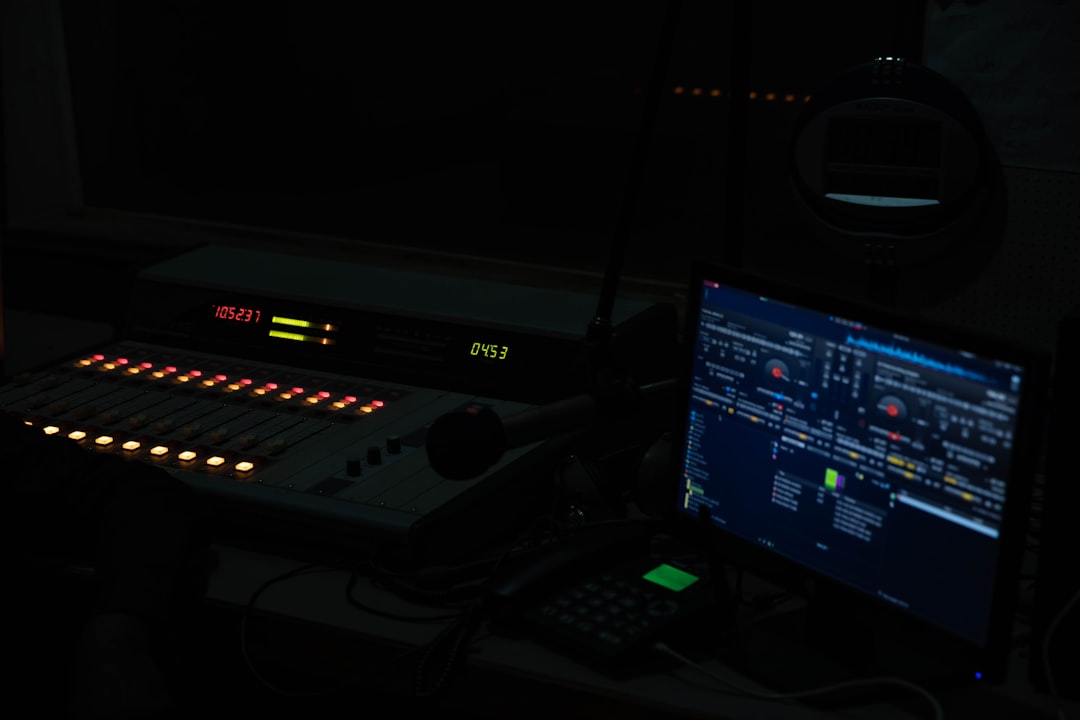Post-production is the crucial final stage where your creative vision transforms into a polished, ready-to-release product. But even the most brilliant creative work can be undermined by overlooked errors or inconsistencies. That’s where meticulous post-production quality monitoring (PQM) comes in. This comprehensive guide will explore the vital aspects of PQM, enabling you to deliver high-quality content consistently.
1. Defining Clear Quality Standards: The Foundation of Effective PQM
Before you even begin the post-production process, establishing clear and specific quality standards is paramount. These standards should encompass every aspect of your project, from technical specifications (resolution, frame rate, audio levels) to stylistic elements (color grading consistency, visual effects quality, narrative flow). Consider creating a detailed checklist outlining acceptable and unacceptable levels for each parameter. This checklist should be readily accessible to your entire post-production team and regularly reviewed and updated to reflect evolving project needs and technological advancements.
For example, your standards might include specific tolerances for audio hiss, color banding, or motion blur. Clearly defined thresholds allow for objective assessment, minimizing subjective interpretation and ensuring consistent application across different team members and projects. This proactive approach minimizes costly rework and ensures a smoother, more efficient post-production workflow.
2. Streamlining Your Post-Production Workflow for Efficient Quality Control
An efficient workflow is the backbone of effective PQM. A disorganized process leads to errors, delays, and inconsistencies. Implementing a structured workflow that incorporates quality checks at every stage is critical. This could involve incorporating regular QC checkpoints throughout the editing process, ensuring that each stage of production meets the pre-defined standards before moving to the next. This could include daily or weekly reviews of footage, sound design, and visual effects.
Consider using project management software to track progress, assign tasks, and manage revisions. This centralized system provides transparency and accountability, facilitating better communication and collaboration among team members. Clearly defined roles and responsibilities within the workflow further contribute to efficiency and consistency in quality control.
3. Leveraging Automated Quality Control Tools: Speed and Accuracy
Manual quality control can be time-consuming and prone to human error. Fortunately, numerous automated QC tools are available to significantly improve efficiency and accuracy. These tools can automatically scan footage for technical issues such as dropped frames, interlacing problems, audio glitches, and color inconsistencies. They often provide detailed reports highlighting specific problems and their locations within the project, allowing for targeted corrections.
Investing in such software can significantly reduce the time spent on manual checks, allowing your team to focus on more creative aspects of the post-production process. The objective nature of automated tools also minimizes subjective bias, ensuring consistent application of quality standards across all projects. This combination of speed and accuracy is crucial for maintaining high production values while meeting tight deadlines.
4. Ensuring Consistent Quality Across Multiple Projects and Team Members
Maintaining consistent quality across different projects and team members is a significant challenge. To achieve this, standardized procedures, training, and regular communication are essential. Ensure that all team members understand and adhere to the established quality standards and workflows. Regular training sessions can help reinforce these standards and address any ambiguities. This includes providing clear guidelines on the use of software and hardware, as well as best practices for various tasks.
Implementing a system for feedback and review is crucial. Regular team meetings can be used to discuss quality control issues, share best practices, and address any inconsistencies. A centralized repository for quality control documentation, including checklists, templates, and training materials, ensures easy access and consistency across all projects. This consistent approach to quality management fosters a culture of excellence throughout the post-production process.
5. Post-Production Quality Monitoring: Continuous Improvement
Post-production quality monitoring is not a one-time process; it’s an ongoing cycle of improvement. Regularly analyze the results of your quality control efforts to identify areas for improvement in your workflows, standards, and tools. Track the types of errors that occur most frequently and investigate their root causes. This data-driven approach allows for targeted improvements, leading to increased efficiency and higher quality output.
Gathering feedback from clients and internal stakeholders is equally important. Their insights can reveal areas where your quality standards might need adjustment or where your workflows could be optimized. By embracing a culture of continuous improvement, you can continuously enhance your post-production quality monitoring process, ensuring that your final product consistently meets and exceeds expectations.
By implementing these strategies, you can effectively manage and improve the quality of your post-production work, delivering exceptional results every time.
SEO Tags:
- Post-Production Quality Control
- Video Post-Production QC
- Automated QC Software
- Post-Production Workflow
- Film Quality Assurance




